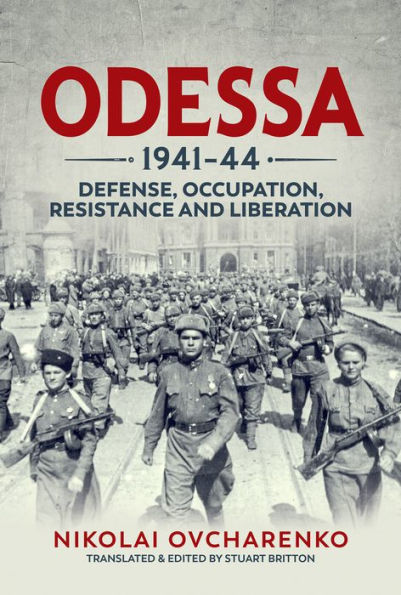Table of Contents
List of Photographs iv
List of Maps v
Preface: A People's War vi
1 The Sources of Odessa's Military Valor 11
Part I The Defense of Odessa 1941 35
2 The situation on the Southern Front in the summer of 1941 37
3 Defensive fighting on the distant approaches to the city 45
4 The fighting on the nearest approaches to the city 58
5 Tanks in the battle for Odessa 82
6 The joint counterattack by the defenders of Odessa and the stabilization of the front 95
7 The evacuation of the Odessa defensive area 108
Part II The Occupation and Liberation of Odessa 1941-44 117
8 Odessa under occupation 119
9 Odessa resists the occupation 137
10 The 3rd Ukrainian Fronts's Odessa offensive and the liberation of Odessa 172
11 Odessa rises from the ruins 195
Index 206



